Another wonderful not-for-profit conservation organisation that protects ecosystems and wildlife across Australia.
There are close to 2,000 animals and plants on Australia’s threatened species list. Bush Heritage steps in where they are needed most. On the ground, working with Aboriginal and Torres Strait Islander people and the agricultural sector to make sure any impact is deep, sustainable and collaborative.
Their story started in 1991, in the Liffey Valley of Tasmania. Environmentalist Bob Brown purchased two forest blocks to protect them from logging, and a passionate community was born. From those first few hundred hectares of land, they have grown into a leading national organisation. Now, they protect millions of hectares of land across Australia through a network of reserves, and in partnerships with Aboriginal and Torres Strait Islander people and other landholders.
To achieve their goals Bush Heritage uses three Impact models.
Buying land – They own properties that have been bought, gifted or bequeathed to them. Thanks to generous supporters they own 44 reserves covering over 1.4 million hectares.
Aboriginal partnerships – Whenever they buy land we seek to engage with the Traditional Owners to ensure they maintain access and a connection to Country. They also invest in partnering with Aboriginal groups who are themselves landowners – often of vast estates.
Natural capital in agriculture – With 58% of Australia used for agricultural production, they are exploring how to protect more land and partnering with willing farmers. They aim to have an influence over 10 million hectares of agricultural land by 2030.
These models are being used to deepen and double their impact by 2030 – protecting, restoring and regenerating a total of 30 million hectares of land (an area larger than the state of Victoria).
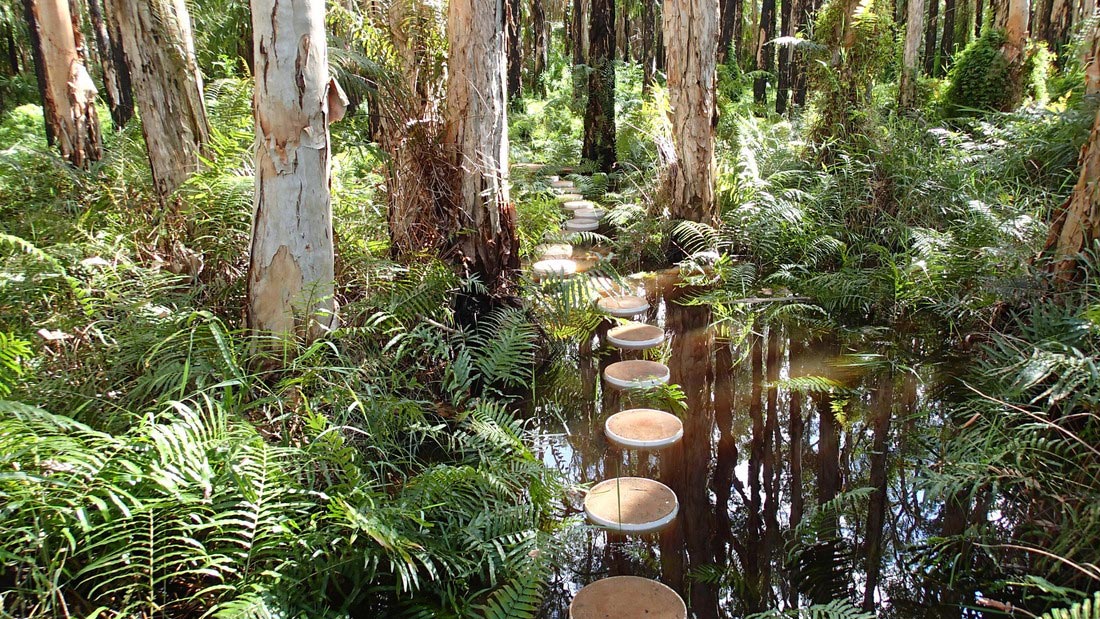
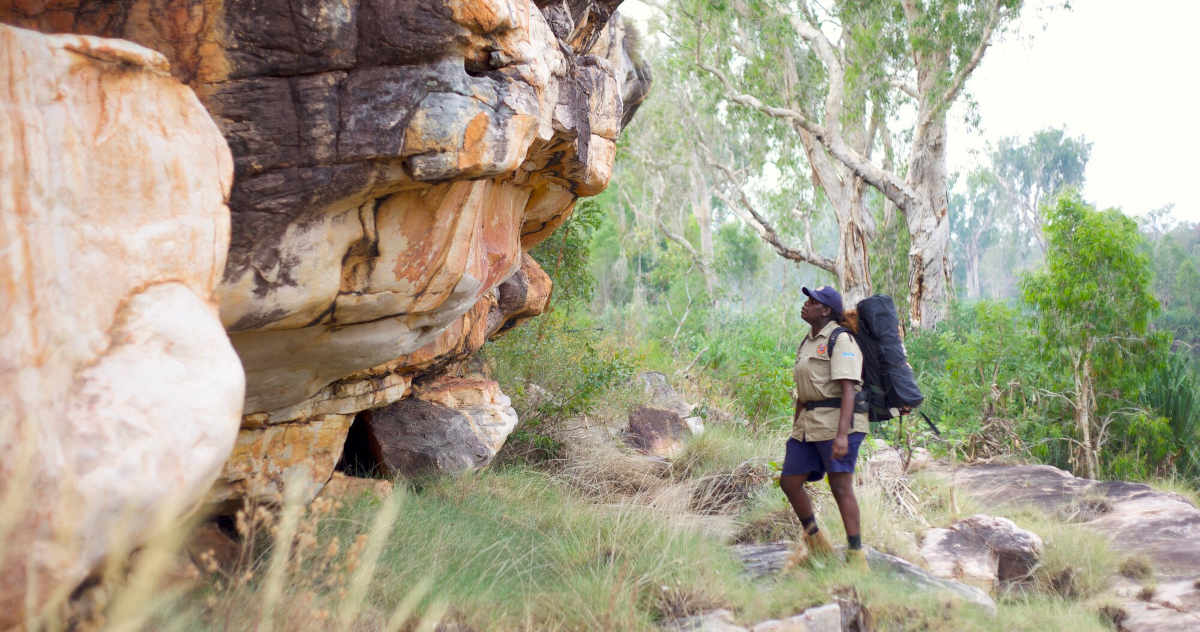

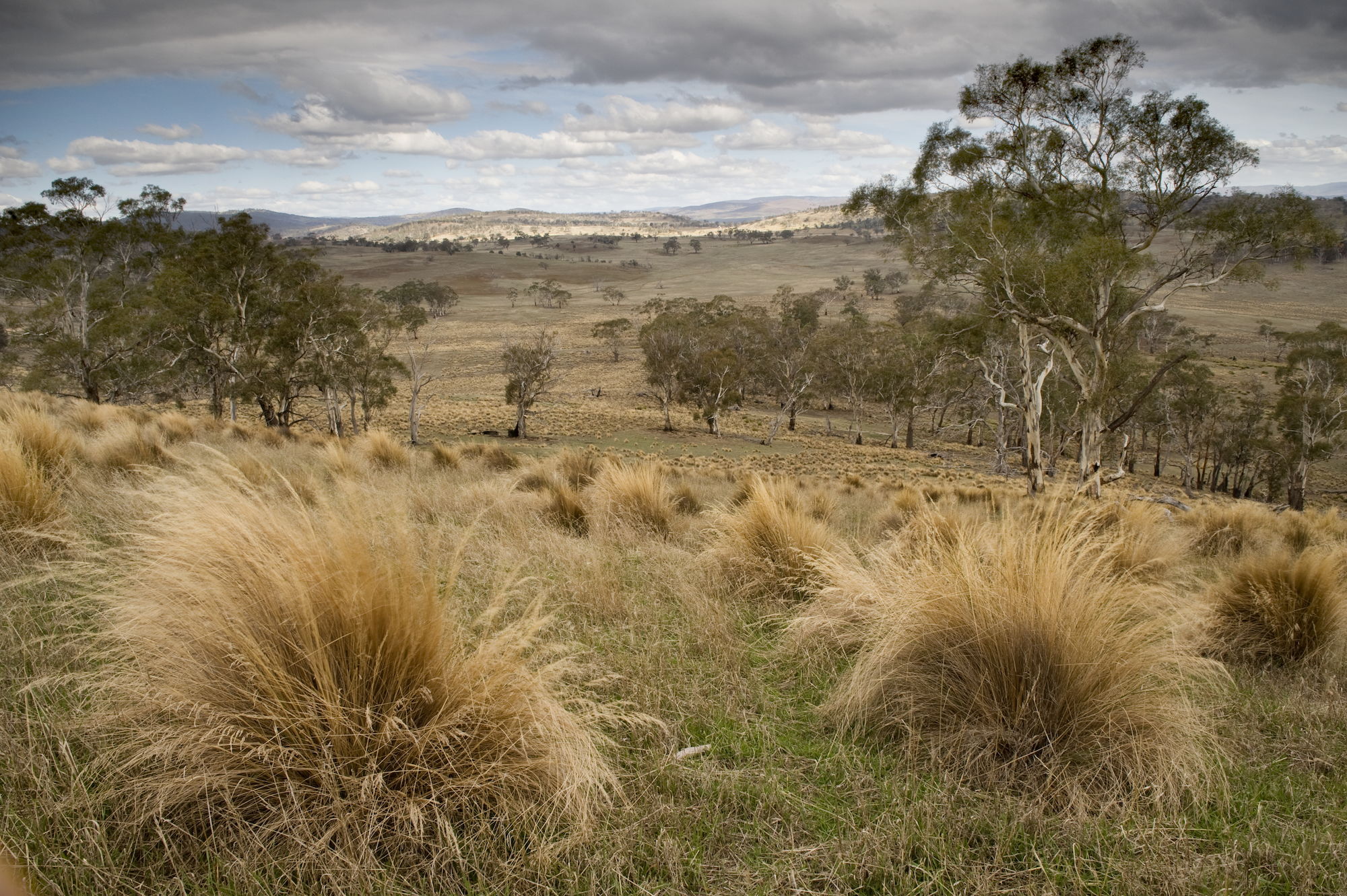
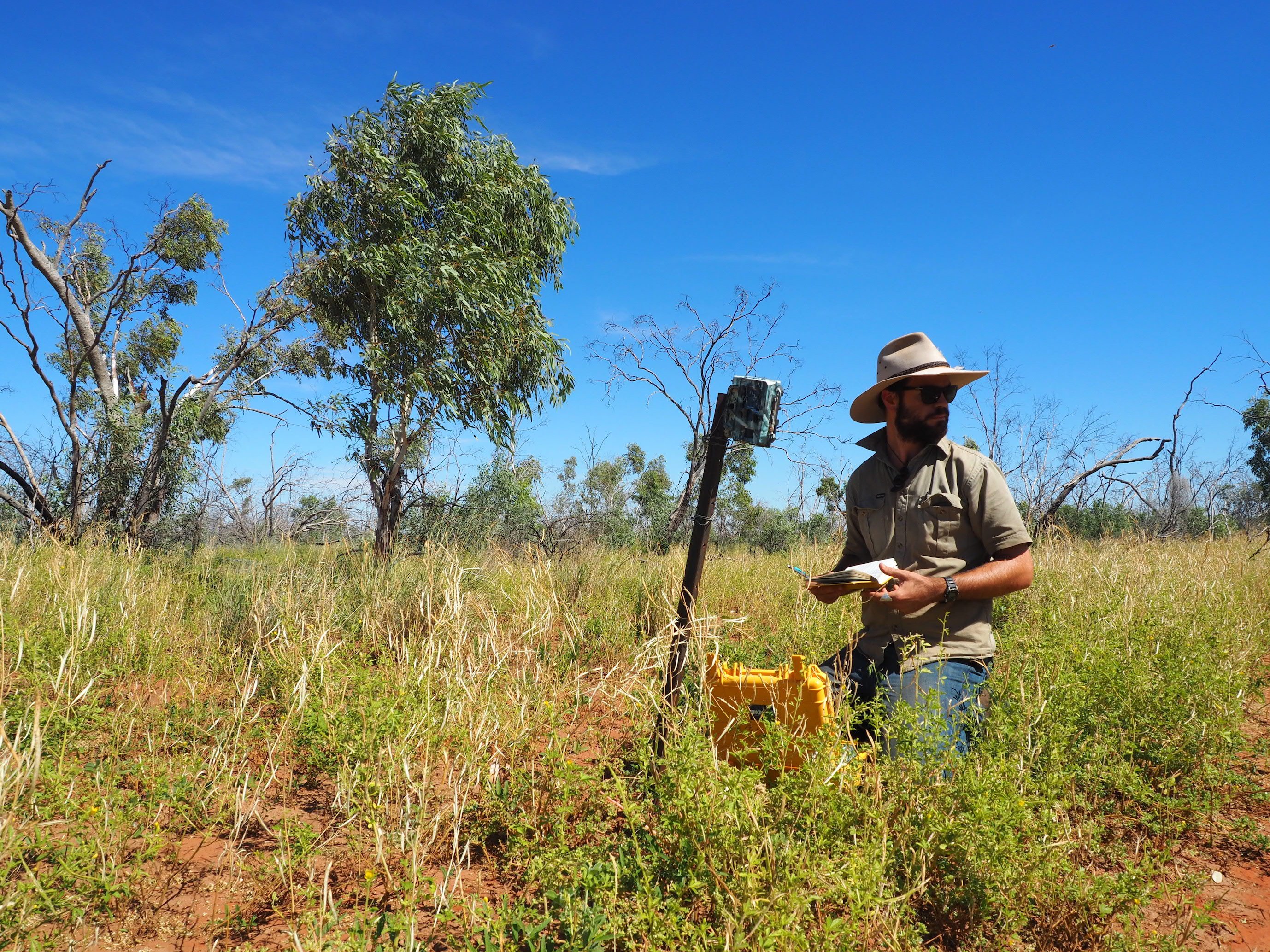
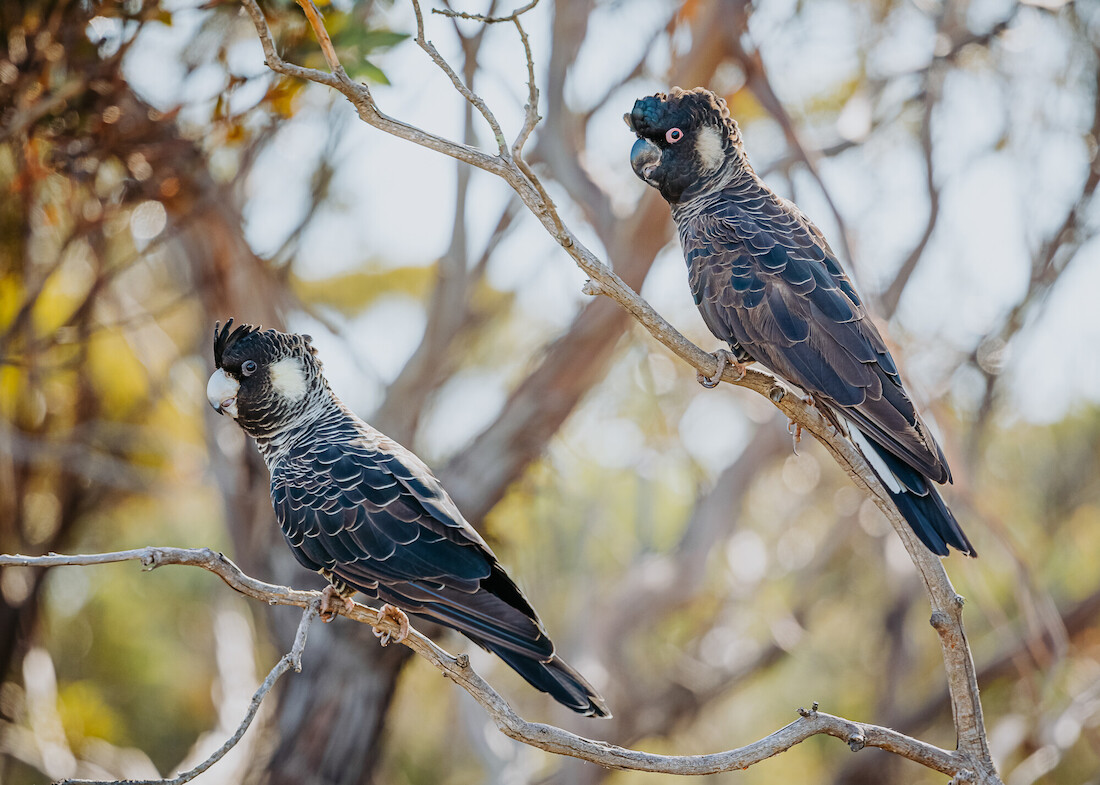
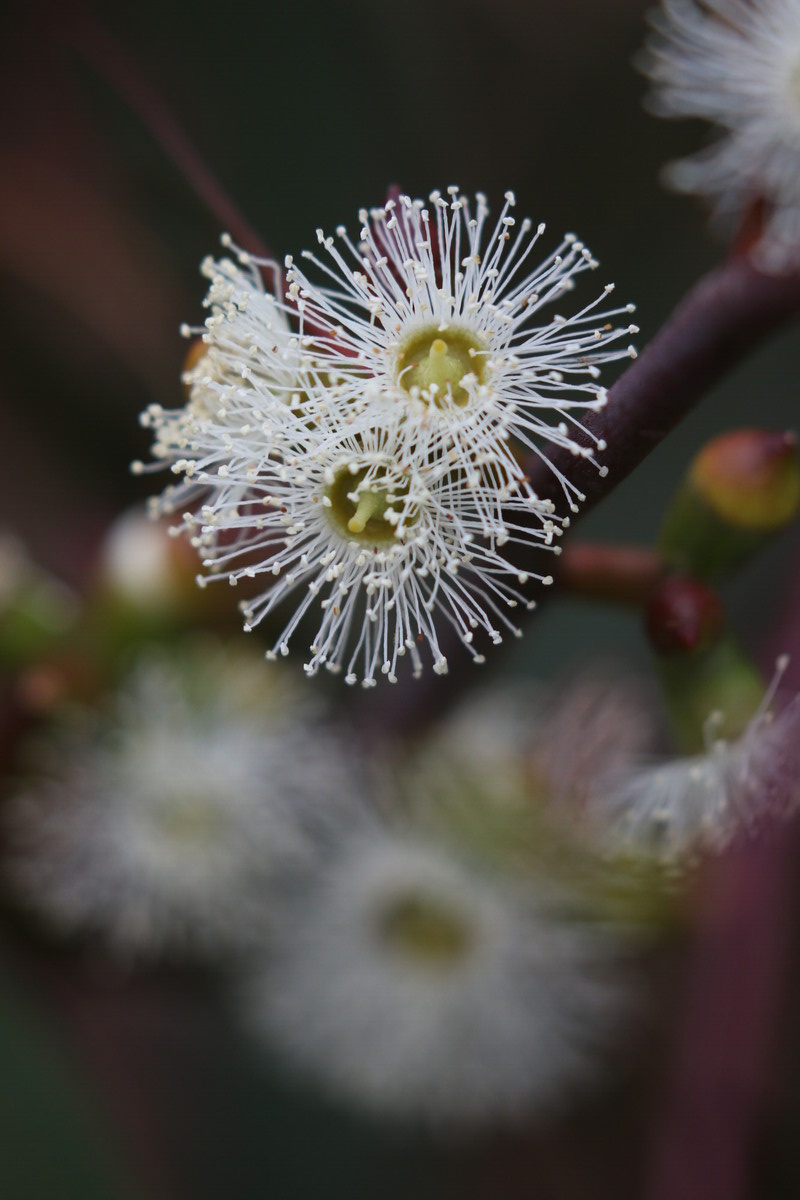
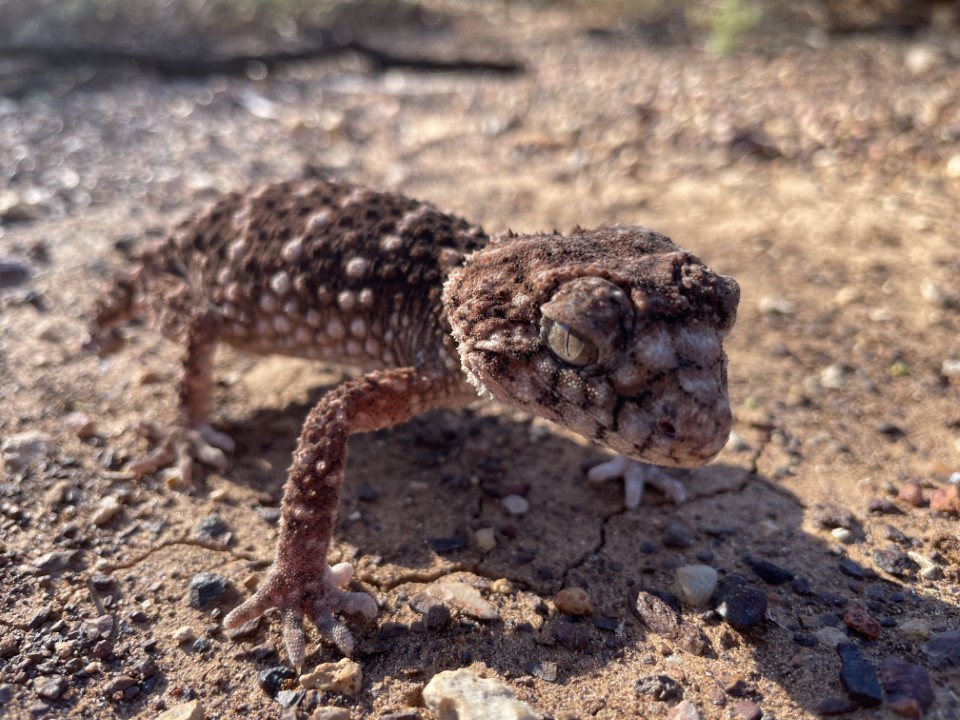

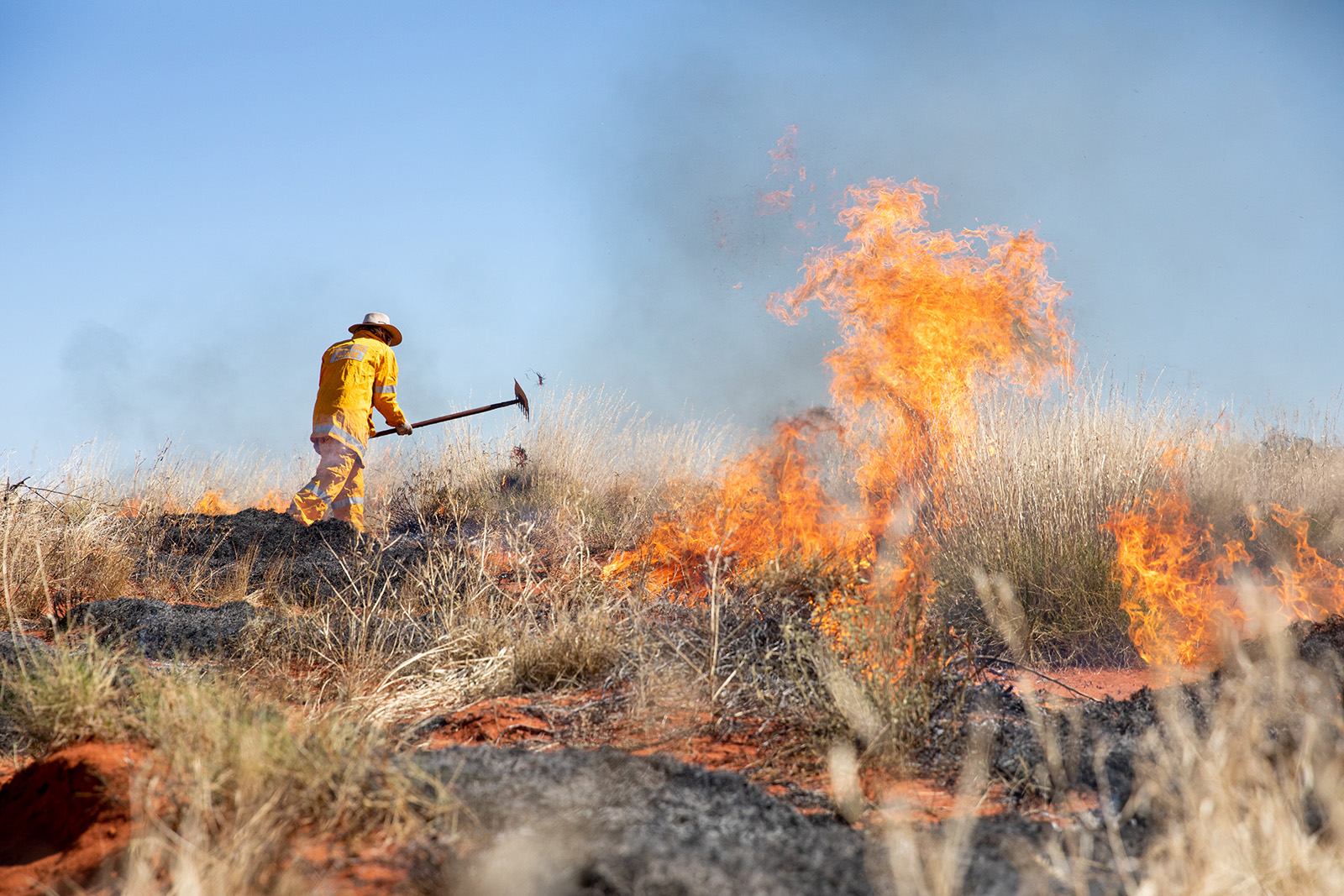
Images Via Bush Heritage Comms or see ALT text
Conservation science
Like all conservation organisations much of their work involves education and communication. Expanding the reach, impact and awareness of their scientific activities, through programs such as the Scientist in Residence, Healthy Country Fellowships and Internships.
“We approach science in a way that embodies respect and encourages a richer outcome – a ‘right-way science approach’. Blending knowledge systems and approaching collaborative work with our partners the ‘right-way’ can build trust, relationships and culture for everyone involved, while delivering better outcomes.”
If you want to see their work in person, you can choose from Self-guided day visits, camping stays & guided trips: at their Boolcoomatta Reserve, SA. Carnarvon Station Reserve QLD. Charles Darwin Reserve WA. Charles Darwin Reserve WA. Liffey Valley Reserves, TAS. Reedy Creek Reserve, QLD
And if you can’t get to any of those you get a tiny feel for things with their virtual tours. HERE & HERE
Bush Heritage also do a podcast too, which not only talks about their projects and their work but has some really nice human interest stories in their too. https://www.bushheritage.org.au/news/audio/big-sky-country
And if that’s not enough, there is a quarterly newsletter / magazine called Bushtracks.
Which you can sign-up for and and get fresh copies delivered straight to your inbox.
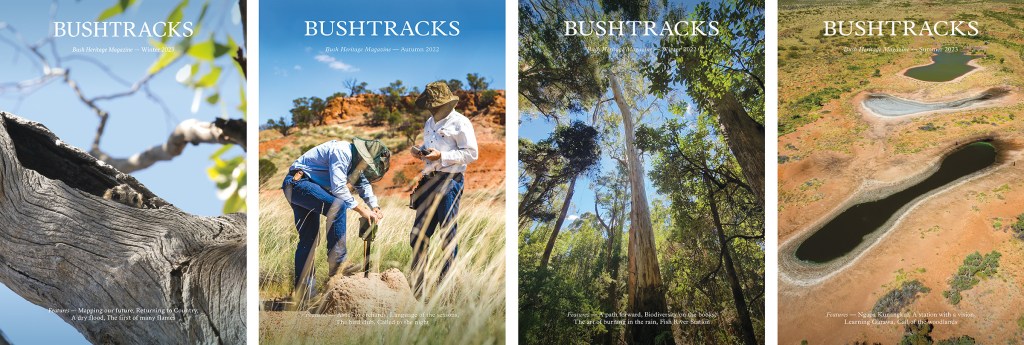
Check out loads more about them on their web site. Especially the HOW TO HELP page.
See their impact report, read one of their many stories or watch a video or two
www.bushheritage.org.au
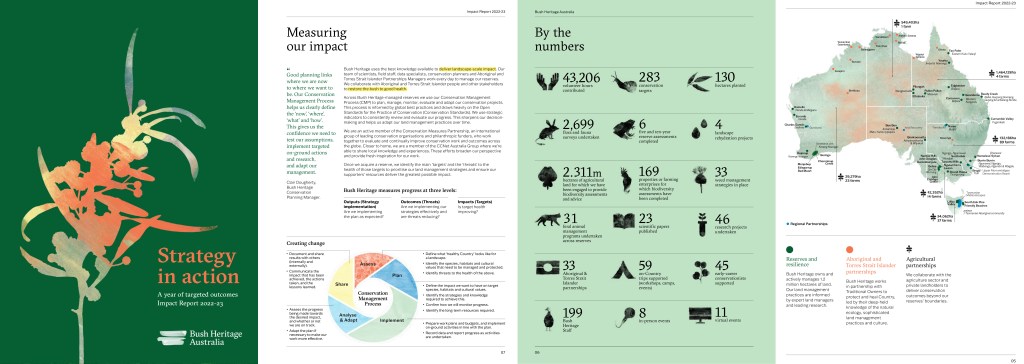
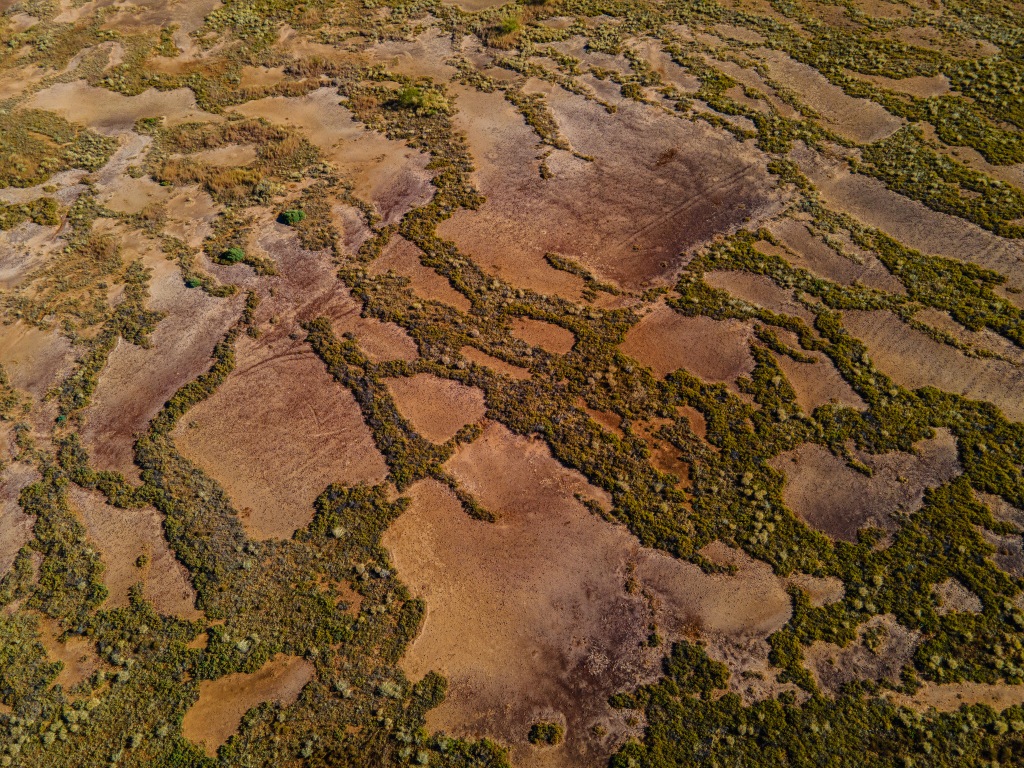

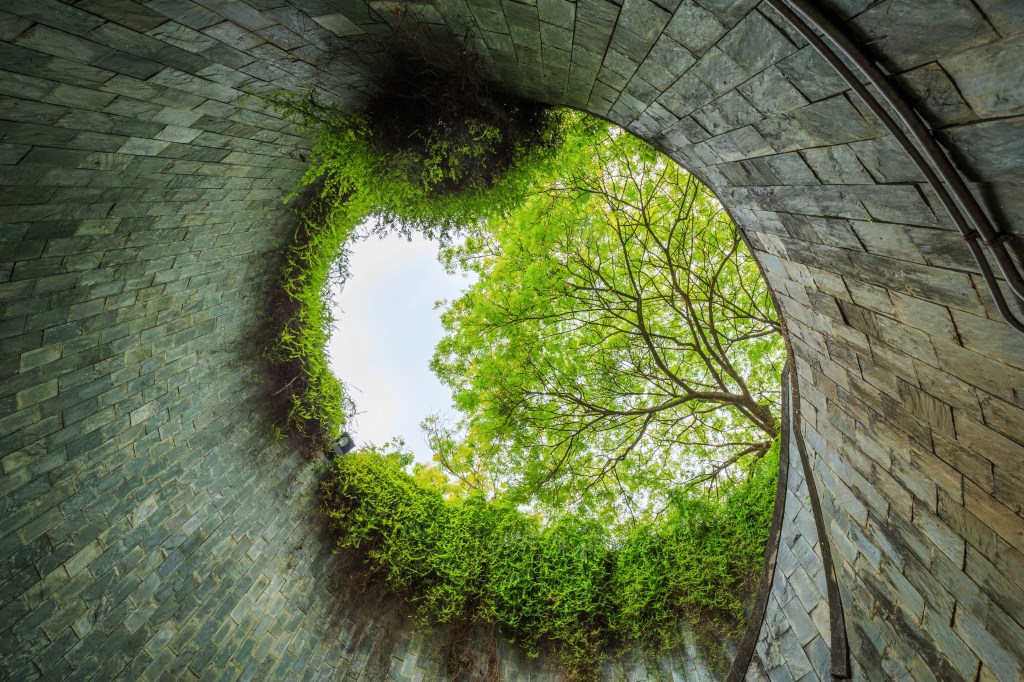
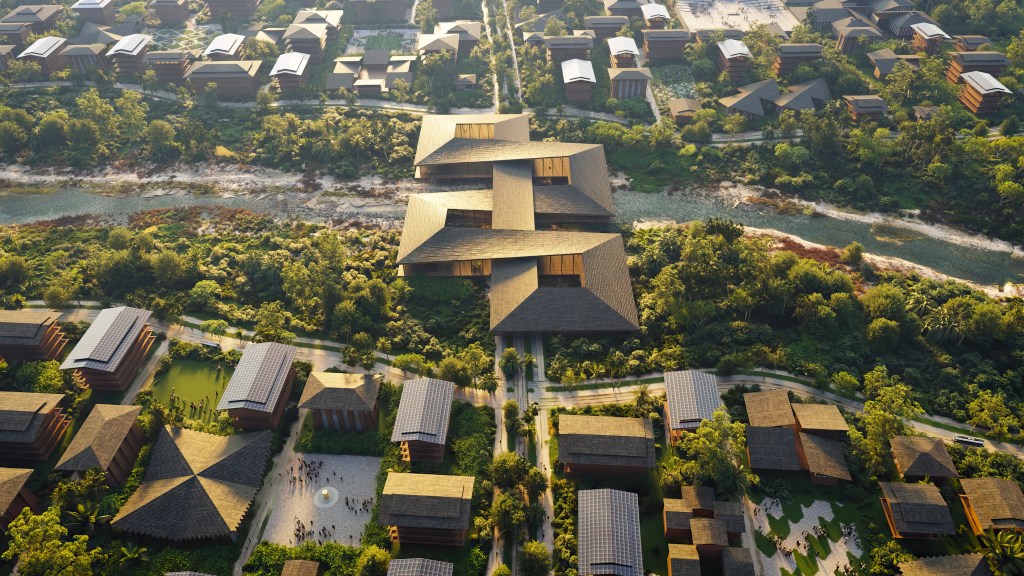

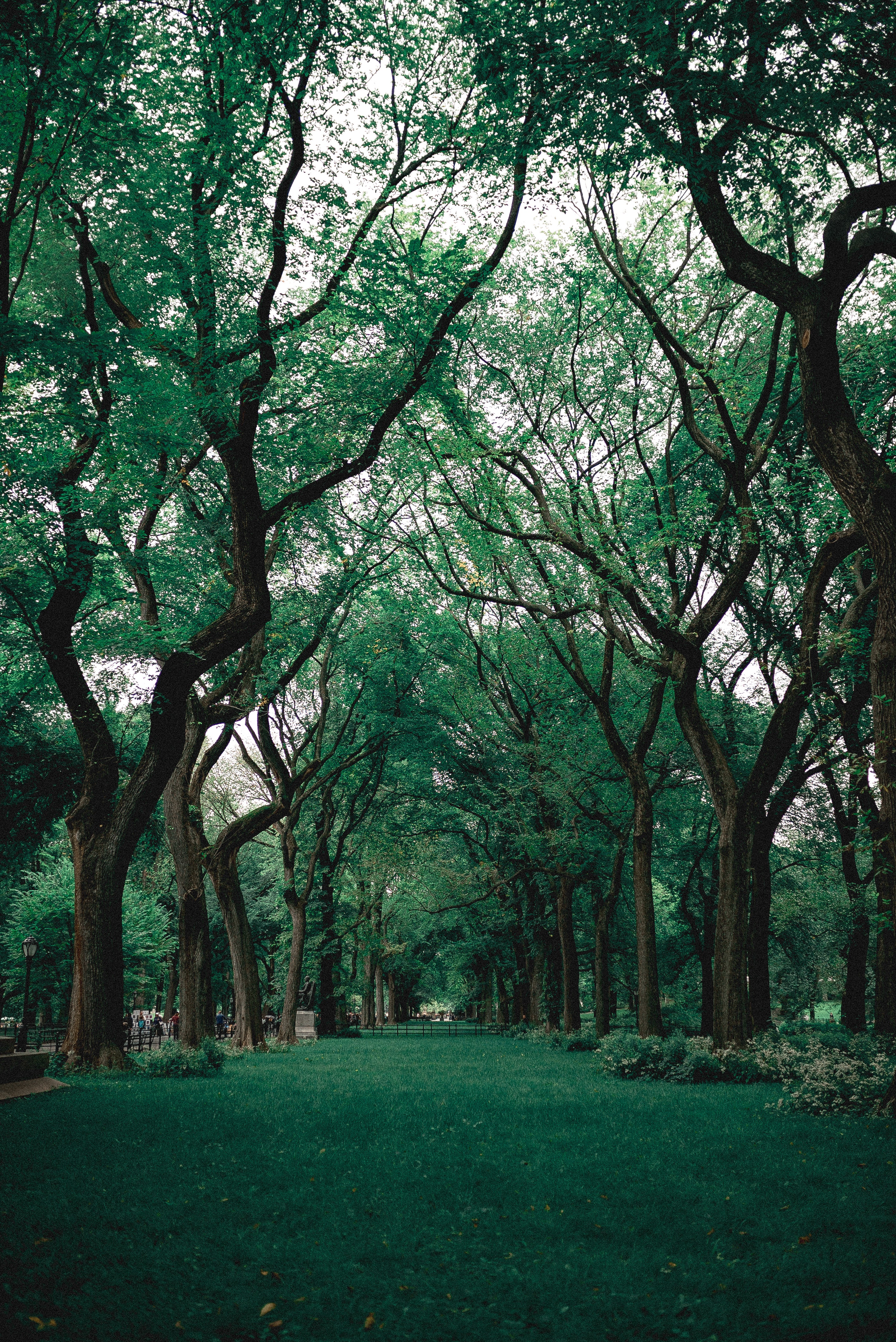

Leave a comment